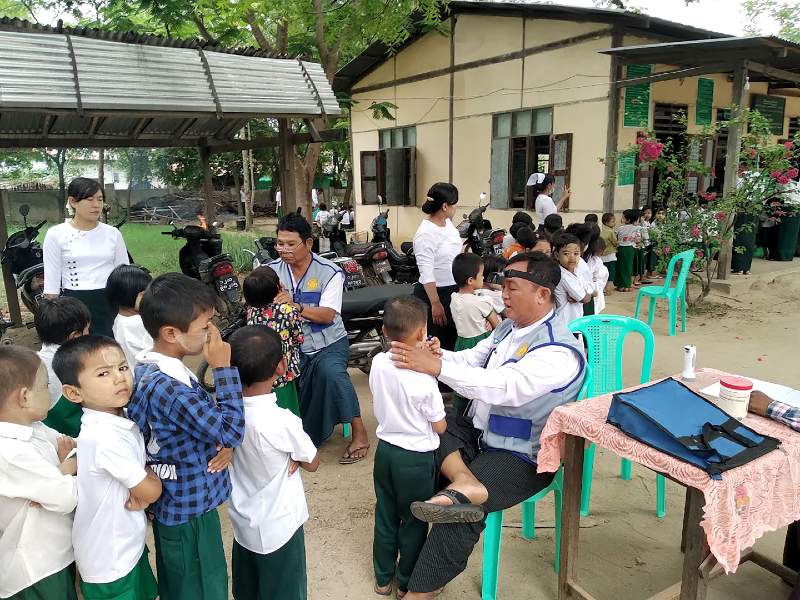
Though trachoma is preventable, blindness from trachoma is irreversible–and it continues to be one of the leading causes of blindness globally, affecting 1.9 million people around the world.
In good news from Myanmar, the World Health Organization has validated that the disease has been eliminated from the country: This is extra impressive, because in 2005, trachoma was responsible for 4% of all cases of blindness there.
The nation joins Nepal in the WHO South-East Asia Region and 12 countries globally to achieve this feat.
“Myanmar’s multi-pronged approach promoting access to good hygiene infrastructure and clean water, strengthening eye care system, and complete community buy-in have enabled the country ensure that people of all ages can now look towards a trachoma-free future,” Dr Poonam Khetrapal Singh, Regional Director WHO South-East Asia Region, said in a statement.
How did this elimination get off the ground? In 1964, the Ministry of Health and Sports in Myanmar had initiated a trachoma control project with support from WHO and UNICEF.
The community-based interventions to eliminate the disease consisted of surgical treatment, topical antibiotic treatment and water, sanitation and hygiene (WASH), and health education promoting behavior change to decrease transmission. The program further expanded to include accessible interventions in rural areas.
Since 2018, the prevalence of trachoma has gone down to a mere 0.008% of blindness within the population–meaning trachoma is no longer a public health problem.
In a virtual Regional Committee Session of WHO South-East Asia Region celebrating public health wins, Sri Lanka was also felicitated for eliminations of rubella and mother-to-child transmission of HIV and Syphilis, and Maldives was praised for eliminating rubella.
Home to a quarter of the world’s population, the Region has eight flagship priority programs—notable ones include eliminating measles and rubella by 2023; preventing and controlling noncommunicable diseases through multisectoral policies and plans; accelerating a reduction of maternal, neonatal, and under five mortality; further strengthening national capacity for preventing and combating antimicrobial resistance; scaling-up capacity development in emergency risk management in countries; finishing the task of eliminating neglected tropical diseases (NTDs), and accelerating efforts to end TB by 2030.
The Region has been making remarkable progress around these flagships and beyond. Here at GNN, we’re looking forward to continuing to share more public health wins from South-East Asia.
HELP Others See the Good News And Share This Story on Social media…




















